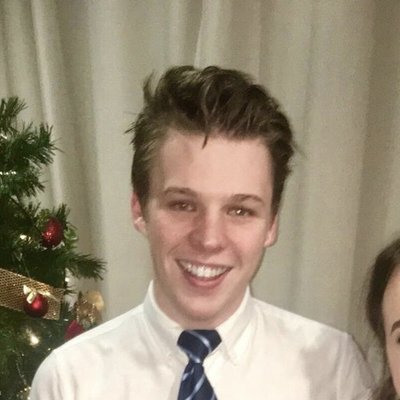Phases in Software Architecture
Abstract
References
Index Terms
- Phases in Software Architecture
Recommendations
Breadth-First Traversal via Staging
Mathematics of Program ConstructionAbstractAn effectful traversal of a data structure iterates over every element, in some predetermined order, collecting computational effects in the process. Depth-first effectful traversal of a tree is straightforward to define compositionally, since it ...
From monoids to near-semirings: the essence of MonadPlus and alternative
PPDP '15: Proceedings of the 17th International Symposium on Principles and Practice of Declarative ProgrammingIt is well-known that monads are monoids in the category of endofunctors, and in fact so are applicative functors. Unfortunately, the benefits of this unified view are lost when the additional nondeterminism structure of MonadPlus or Alternative is ...
APLicative programming with Naperian functors (extended abstract)
TyDe 2016: Proceedings of the 1st International Workshop on Type-Driven DevelopmentA lot of the expressive power of array-oriented languages such as Iverson's APL and J comes from their implicit lifting of scalar operations to act on higher-ranked data, for example to add a value to each element of a vector, or to add two compatible ...
Comments
Information & Contributors
Information
Published In

Sponsors
Publisher
Association for Computing Machinery
New York, NY, United States
Publication History
Check for updates
Author Tags
Qualifiers
- Research-article
Conference
Upcoming Conference
- Sponsor:
- sigplan
Contributors
Other Metrics
Bibliometrics & Citations
Bibliometrics
Article Metrics
- 0Total Citations
- 384Total Downloads
- Downloads (Last 12 months)229
- Downloads (Last 6 weeks)14
Other Metrics
Citations
View Options
Login options
Check if you have access through your login credentials or your institution to get full access on this article.
Sign in



